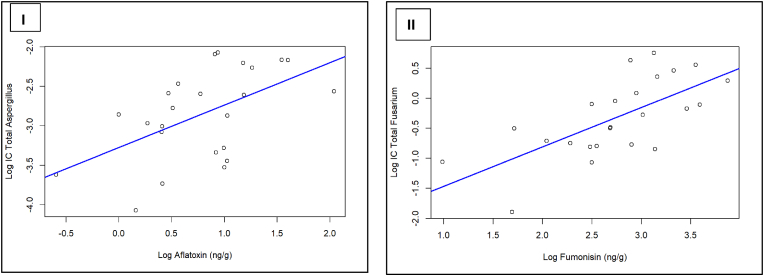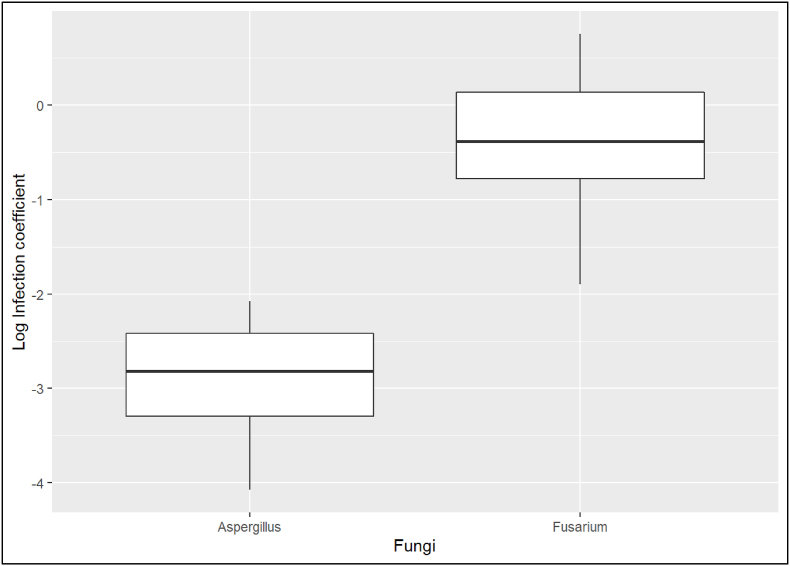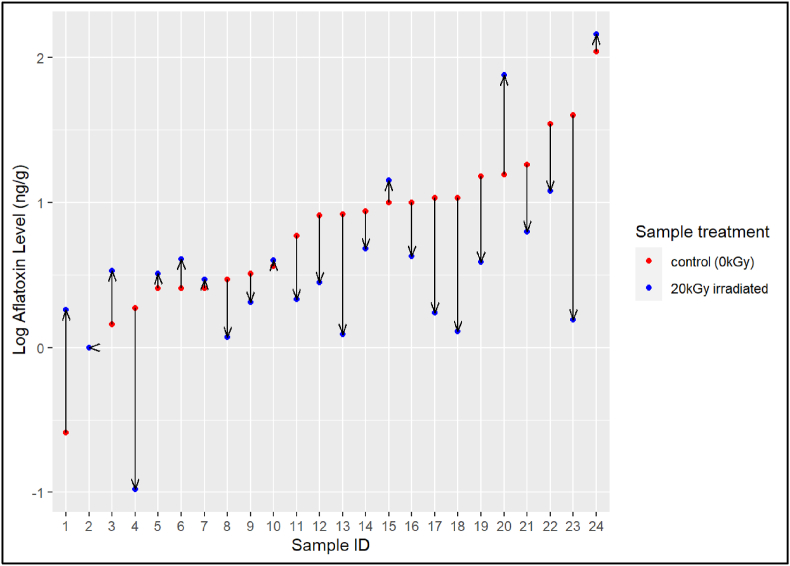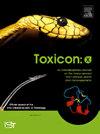Efficacy of electron beam irradiation in reduction of mycotoxin-producing fungi, aflatoxin, and fumonisin, in naturally contaminated maize slurry
Abstract
Maize is a staple food in Kenya. However, maize is prone to fungal infestation, which may result in production of harmful aflatoxins and fumonisins. Electron beam (eBeam) food processing is a proven post-harvest technology, but published literature is rare on the ability of eBeam to reduce mycotoxins in naturally contaminated maize samples. This study evaluated the efficacy of eBeam doses in reducing viable fungal populations and the destruction of aflatoxins and fumonisins in naturally highly contaminated maize samples from eastern Kenya. Ninety-seven maize samples were analyzed for total aflatoxins and fumonisins using commercial ELISA kits. Then, 24 samples with >100 ng/g of total aflatoxins and >1000 ng/g of total fumonisins were chosen for eBeam toxin degradation studies. Prior to eBeam exposure studies, the samples were made into a slurry using sterile de-ionized water. These slurry samples were exposed to target doses of 5 kGy, 10 kGy, and 20 kGy, with 0 kGy (untreated) samples as controls. Samples were analyzed for total fungal load using culture methods, the quantity of total aflatoxins and fumonisins using ELISA, and the presence of Aspergillus and Fusarium spp. nucleic acids using qPCR for just control samples. There was a significant positive correlation in the control samples between total Aspergillus and aflatoxin levels (r = 0.54; p = 0.007) and total Fusarium and fumonisin levels (r = 0.68; p < 0.001). Exposure to eBeam doses 5 kGy and greater reduced fungal loads to below limits of detection by plating (<1.9 log(CFU/g)). There was also a significant (p = 0.03) average reduction of 0.3 log (ng/g) in aflatoxin at 20 kGy (range from −0.9 to 1.4 log (ng/g)). There was no significant reduction in fumonisin even at 20 kGy. eBeam doses below 20 kGy did not reduce mycotoxins. These results confirm the sensitivity of fungi to eBeam doses in a naturally contaminated maize slurry and that 20 kGy is effective at degrading some pre-formed aflatoxin in such maize preparations.




 求助内容:
求助内容: 应助结果提醒方式:
应助结果提醒方式:


